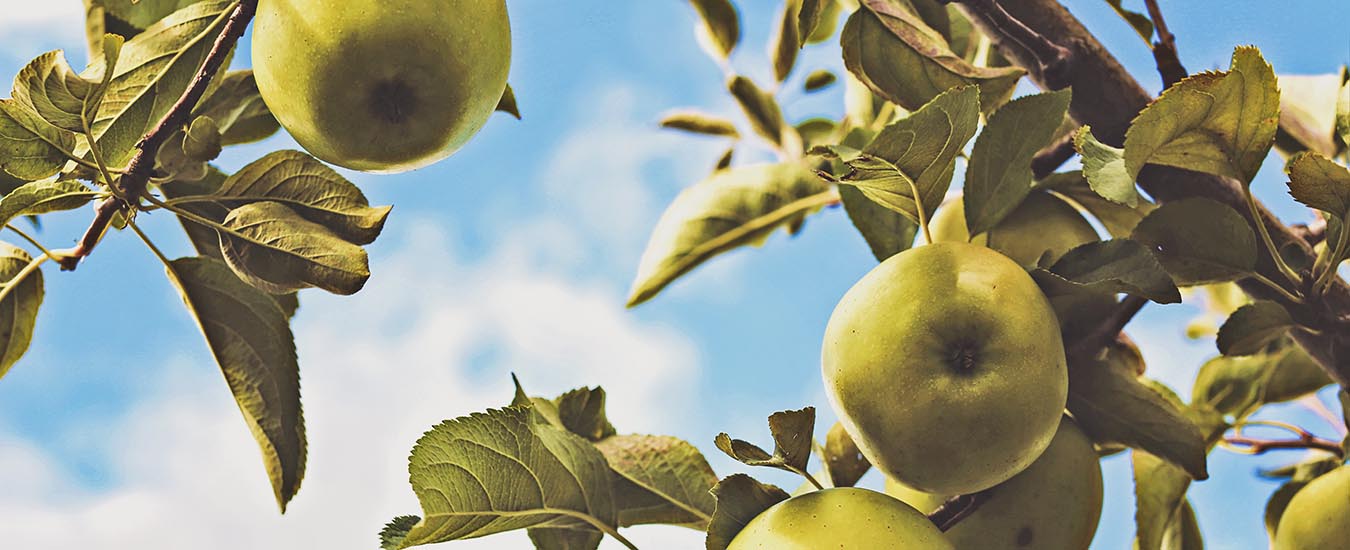Just hearing the words “head lice” can leave you with that creepy-crawly feeling.
Lice are often thought of as a health issue, but in reality they are more of a social concern. “There is certainly no health risk connected to head lice,” says Joan Mikkelsen, a public health nurse who works in the school health program in Nova Scotia’s Capital Health district, which includes Halifax and the surrounding areas.
Lice are parasites that need blood to feed, but they can survive without feeding for three days. Nits—lice eggs that are stuck to strands of hair—need a warm environment, usually close to the scalp, to survive.
“Lice don’t fly or hop or jump, but they crawl quickly, so the most common transmission of lice occurs through head-to-head contact,” says Mikkelsen. For elementary school-aged children, head-to-head contact is not unusual.
There’s another myth about lice to be busted: “Lice infestations are absolutely not a result of poor hygiene,” says Mikkelsen. “Head lice can be found in any facet of society. If you looked at any elementary school in any part of the world, you would find head lice.” Schools are often blamed as the place where lice are transmitted from child to child, but Mikkelsen says lice can be just as easily transmitted during sleepovers at home, during play and by sharing hats or hairbrushes.
Mikkelsen says many children will catch head lice at some point, and adds that the key to dealing with the social stigma of having a child with head lice is for parents and schools to “normalize” the situation. She cites, as an example, a single father who called her for help when he learned that his children had head lice. He was very upset, but when Mikkelsen asked the young daughter how she felt about what was happening, she told Mikkelsen that she loved it when her dad combed her hair as part of the treatment. The girl’s father then saw the situation in a different light.
When a child at school is identified as having head lice, parents are notified and sent a pamphlet outlining the appropriate treatment. Parents or guardians of other children in the class are notified that there is a confirmed case of head lice, but the child is never identified. Keep in mind that adults can also pick up head lice, so it’s a good idea to check all family members as soon as the lice are discovered.
Recently, the Halifax Regional School Board changed its head lice policy, based on advice from Capital Health’s department of public health and the position of the Canadian Paediatric Society. “Previously, children could not return to school until they were nit free,” says Doug Hadley, coordinator of communications for the school board. “The revised policy allows students to return to school once they have received treatment and no longer have any live lice. The amount of time a student misses from school due to lice has been significantly reduced with this policy.”
Mikkelsen thinks the revisions are a step in the right direction. “The change in policy has been a wonderful step forward from the standpoint of public health. Children were being stigmatized and were missing way more education days than necessary. With this new policy, you can treat the child and have them return to school the next day.” The parent then repeats the treatment in nine days. “That is a benefit not only to families, but also to school staff,” she says, since kids will miss less school.
“Nobody is happy [to hear] that their child has head lice,” says Mikkelsen, “but if you keep at the treatment, in the end, you will succeed.”

Nitpicking: How to get rid of head lice
If lice are found on your child’s head, it’s important to clean his or her personal belongings: bedding, combs, hairbrushes, hair accessories, clothing and hats. Stuffed animals that can’t be washed can be sealed in a plastic bag for 10 days, put in a hot dryer for 20 minutes or put in a freezer for 24 hours. Public Health Nurse Joan Mikkelsen then recommends that you use a pediculicide shampoo or conditioner, available at any pharmacy (pediculus is Latin for louse). You should repeat the treatment in nine days and use a fine-toothed comb daily, between treatments to remove lice and nits. Continue checking your child and family members for three more weeks.
If lice persist after the treatments, and you have followed the instructions for the shampoo application and have done the daily combing, choose a treatment with a different active ingredient. The pamphlet How to Prevent, Find, and Treat Head Lice (gov.ns.ca/hpp/publications/07135_HeadLicePamphlet_En.pdf), which Public Health gives to parents and schools in Nova Scotia, recommends looking for treatments that contain either permethrin, found in products such as Nix or Kwellada-P, or pyrethrins with piperonyl butoxide, found in products such as R&C, Pronto, Equate or Licetrol.
